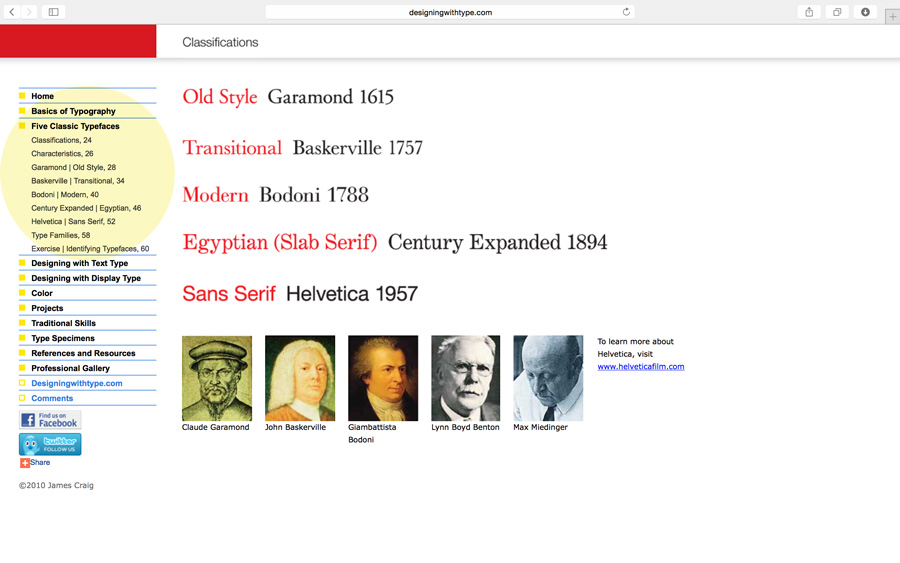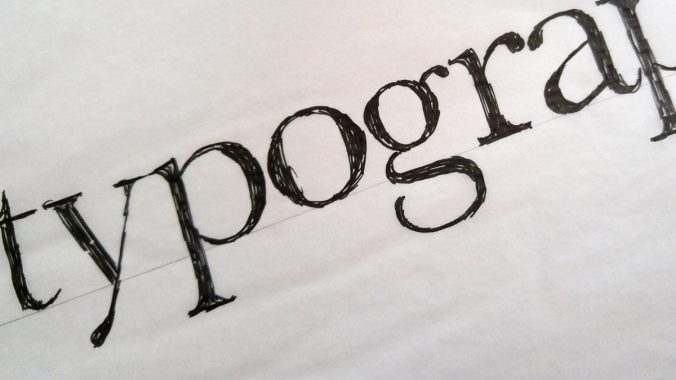Now that we are at the end of the semester, it is time to show what you’ve learned by creating a poster that creatively describes the Type & Media course.
Here is the brief which will describe the assignment:
- Using words, shapes and everything that we have covered this semester to create a poster that can be used to let others know what the Type & Media course is all about. Not only should your poster tell what the course covered, but it show what was covered. For example, you don’t want to only use the words like kerning, tracking, type on a path, but you want to show these things.
- Size: 11″x17″
- Full color can be used or you can do it entirely in black & white, but your design shouldn’t depend on color
- You are allowed to use some geometric shapes, but this poster should be TYPE, not drawings. If you are not sure what this would look like, do a Google search for typography posters.
- Use the accurate terminology covered in the course
- Pay attention to spelling
- The sample below were not selected because they were the best, just to give an idea of what other students did.
- DUE: Wed, May 17th
Samples:











Recent Comments